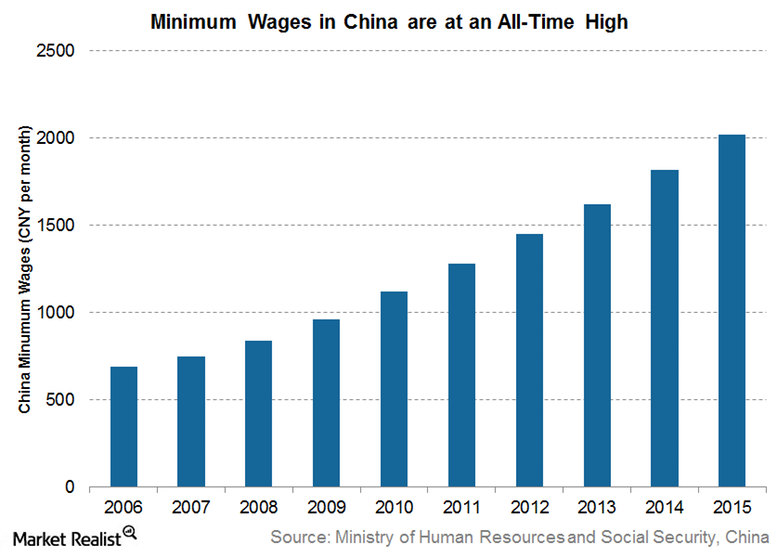From people to machines: the robotic revolution in China

In China, unnoticed by many, there is a quiet revolution . Few have heard of a company like Shenzhen Everwin Precision Technology, but it makes history. At the beginning of last year, the manufacturer of electronic components announced its plans to build the country's first fully automated factory. About 1000 industrial robots should replace workers on production lines. Thus, the company plans to increase productivity and find a solution to the problem of reducing the number of working-age population and wage growth.
Earlier, it was thanks to cheap labor that China was able to become a global manufacturer. However, this trend is fading. The controversial "one child" policy was able to keep up with the rapid growth of the population, but the number of able-bodied people between the ages of 16 and 59 is decreasing. This means increased competition in the industrial areas of China, such as, for example, in the south-eastern province of Guangdong. In the meantime, the younger generation of workers does not want to go to work for production, but is trying to find a more relaxed job that requires less effort.

')
Market reality Due to the “one child” policy that has recently been abolished, the number of young workers has significantly decreased in recent years. According to the Department of Labor Resources and Social Welfare of Guangdong Province, the number of local industry workers decreased by 600-800 thousand people, which, in turn, led to an increase in wages. In 2005, the average annual wage in China was 18,364 yuan, and by 2014 it had reached 56,339, which is a record figure.

Wage growth put China at a disadvantage. Earlier, as already mentioned, the advantage of the country in the sphere of production was just cheap labor work, and with the growth of wages this advantage is lost. Cancellation of the “one child” policy is only a small part of the decision. The robotic revolution can greatly alleviate this problem.
The province of Guangdong is often called the world factory. More and more enterprises in the region are trying to replace human labor with machine labor in order to make products cheaper and their production cycle more efficient. According to Reuters, the goal of the capital of Guangdong, Guangzhou, is to automate 80% of all industry by 2020.
Photo: BartlomiejMagierowski / Shutterstock.com
Source: https://habr.com/ru/post/390321/
All Articles